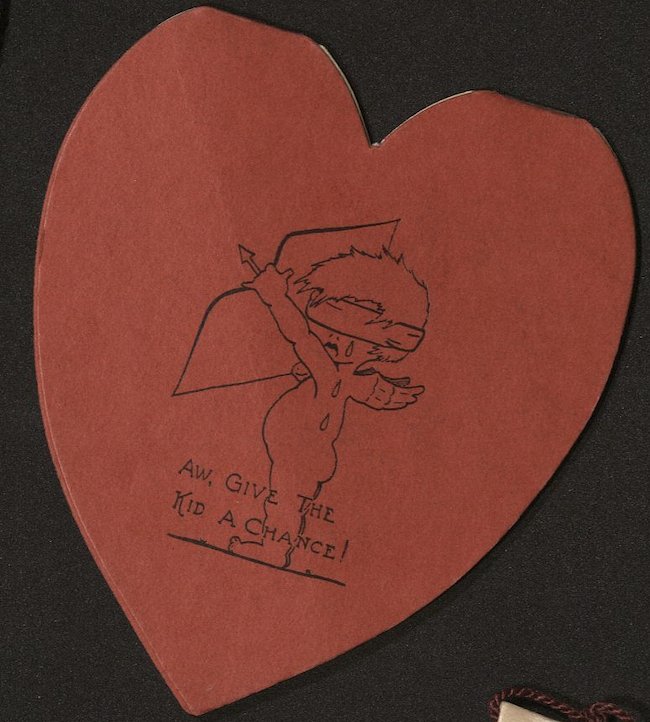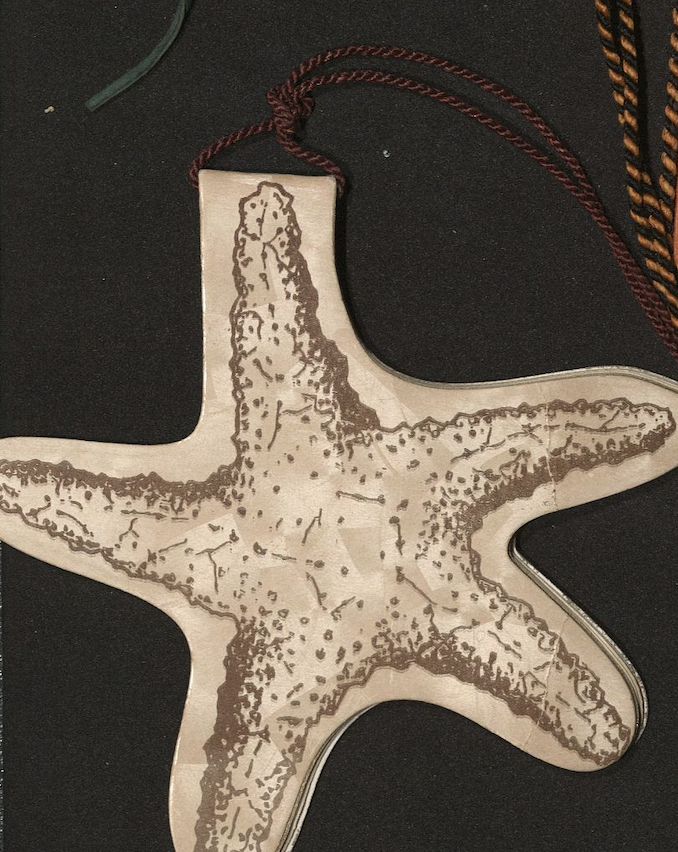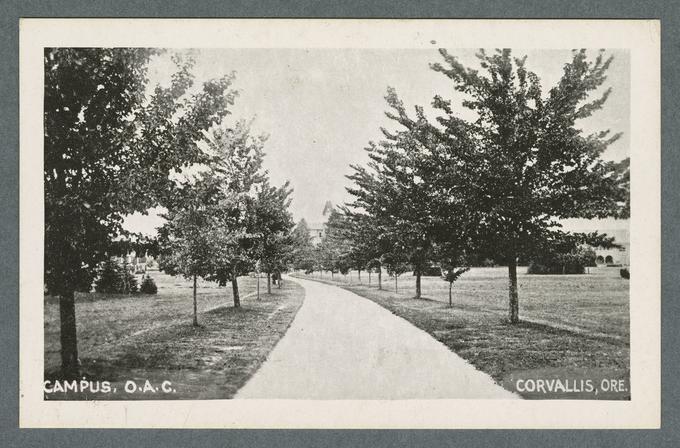In March 2023, a subset of archivists in our department began work on the challenging task of addressing the N-word within SCARC’s collection guides and digital objects. This project was launched as a component of a much larger effort to evaluate legacy description through an anti-racist lens, as led by the SCARC Arrangement and Description team.
A search of SCARC’s online resources revealed the presence of the N-word in fifteen oral history interview transcripts, three collection finding aids or container lists, three article or book manuscripts published on the SCARC website, and two event video transcripts that have also been published on the SCARC website. We addressed these instances in different ways, as follows.
Oral History Interviews
The N-word appeared most frequently in interviews conducted with members of the African American community, as housed in the African American Railroad Porters Oral History Collection (OH 029) and the Oregon Black Pioneers Oral History Collection (OH 042). For both collections, we added a statement on description to the collection finding aids reading, “Please be aware that some of the contents in [this collection] may be disturbing or activating. In several instances, interviewees relay stories that recount a culture of racism and the use of racist, derogatory language toward African Americans, including the N word. Connected to this are stories of trauma, both personal and community-wide.” A similar statement was added to the finding aid for the Oregon State University Sesquicentennial Oral History Collection (OH 026), which includes multiple “stories that recount a culture of racism, sexism and homophobia, and the use of derogatory and harmful language.”
In these and other instances, we also chose to add language to the abstracts used to describe oral history interviews as digital objects. For two particular interviews, we concluded abstracts as follows, “Throughout the interview, the narrator shares stories of persecution, abuse and subjugation of indigenous peoples. Connected to this are stories of trauma, both personal and community-wide. At one point in the interview, the narrator also uses racist, derogatory language to describe African Americans that is reflective of a broader culture of racism.”
Another interview abstract required different language: “ […] Specifically, the interviewer and narrator refer to place names that reflect a culture of racism and the use of racist, derogatory language toward African Americans, including the N word.”
Events Videos
Two past events recorded and transcribed by SCARC included use of or reference to the N-word. In one instance, a panel participant recalled his experience of being referred to by the slur, and in another case, a presenter displayed an archival document that used the term. For both resources, we added language to the event abstract warning users that aspects of the presentation may be disturbing or activating.
Article and Book Manuscripts
SCARC holds the papers of William Appleman Williams, a prominent radical historian who was a member of the OSU faculty in the 1970s and 1980s. As part of a past project, two article manuscripts as well as the text of an unpublished novel were released on the SCARC website. The articles included use of the N-word in reference to the historical treatment of African Americans, and the novel was reflective of Williams’ experience of race relations while on military assignment in Texas in the years following the conclusion of World War II. Neither of the articles were summarized with abstracts, so we chose instead to add parenthetical notes at the beginning of each piece, warning of Williams’ use of “racist, derogatory language to describe African Americans that is reflective of a broader culture of racism.” The unpublished novel is contextualized with a lengthy introduction, at the end of which we added a similar content warning.
Finding Aids and Container Lists
The presence of the N-word in three finding aids or container lists proved to be somewhat more difficult to address. In one instance, images of a location in Washington state that bore a racist place name were both cataloged in a collection container list, and also digitized and described in Oregon Digital. The location’s name was changed by the federal government in 1968, and we updated both the container list and the Oregon Digital records to indicate as much. However, we also chose to retain mention of the former name, with a note documenting the 1968 change.
In a second instance, a book title containing the N-word had been cataloged into the bibliography of a large collection finding aid. After discussion, we chose not to make any edits to the description for this item, since the bibliographic information for the book will remain permanent in library catalogs wherever this item is held.
Finally, another collection container list includes a description of a piece of logging equipment that appears to have been, perhaps formally, referred to in racist terms well into the twentieth century. We have contacted a colleague who is well-versed in the history of forestry to seek out an alternative term for the item, but have as yet not found a replacement name. As such, for the time being at least, this term remains extant in our collections descriptions, with the following additional context: “This name was given to a piece of equipment used to place logs in position on a carriage and to turn logs during sawing operations. Use of the term was commonplace in the late 19th and early 20th centuries.”
Relevant Collection Finding Aids and Digital Resources
- African American Railroad Porters Oral History Collection (OH 029)
- H.J. Andrews Experimental Forest Oral History Collection (OH 028)
- Horner Museum Oral History Collection (OH 010)
- Industrial Arts and Industrial Manufacturing Department Photographs (P 189)
- Oregon Black Pioneers Oral History Collection (OH 042)
- Oregon Pioneers Oral History Collection (OH 001)
- Oregon State University Sesquicentennial Oral History Collection (OH 026)
- Pacific Northwest Stream Survey Collection (MSS PNWStream)
- Ava Helen and Linus Pauling Papers (MSS Pauling)
- “Glory Road and the Desegregation of College Basketball” (panel discussion, May 17, 2011)
- “Shades of Color at OSC: The Untold Story of Palmer Patton” (presentation, February 24, 2020)
- “America As a Weary and Nostalgic Culture” (article manuscript)
- “Commencement Address, Columbia College, June 1984” (lecture manuscript)
- 90 Days Inside the Empire (unpublished novel)
















